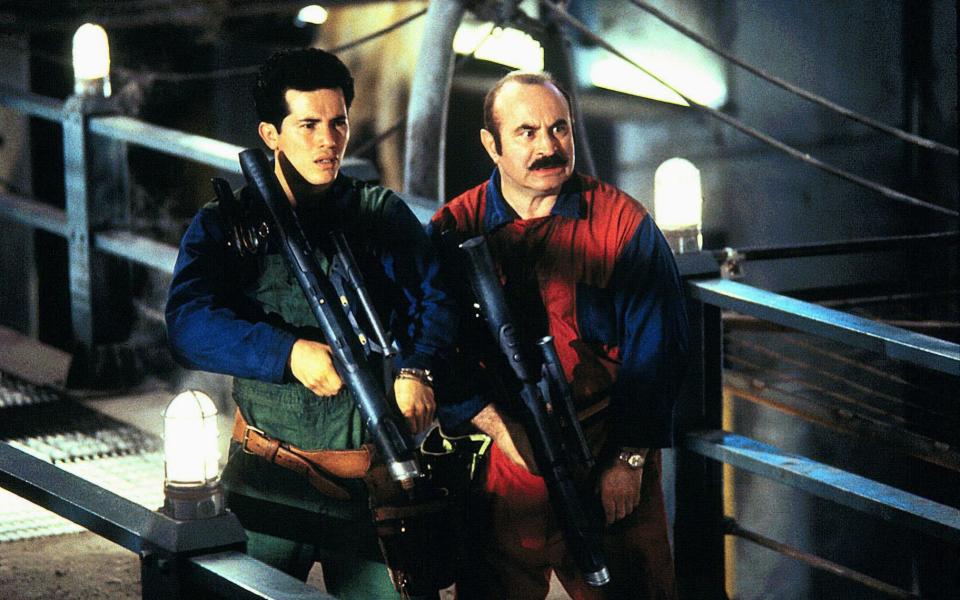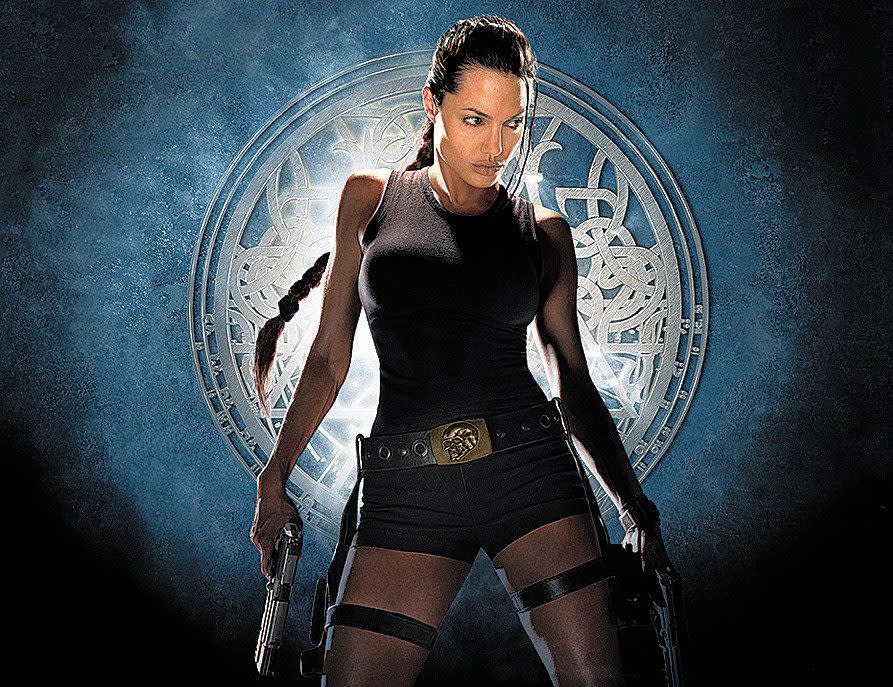Why do video games keep being made into terrible films?

When I was at the Tokyo Film Festival in 2014, an opportunity for an interview came up that would have made my 10-year-old heart pop with excitement.
Shigeru Miyamoto, the creator of the Mario video-game franchise, had produced three whimsical animated shorts in the programme, and had made himself available to talk to the Telegraph at a towering, Lost in Translation-like hotel in the city’s Marunouchi district. Miyamoto’s standing in video-game culture is hard to overstate: in cinematic terms, think George Méliès, John Ford, Walt Disney and Steven Spielberg rolled into one.
Among the subjects we covered was the common ground between films and video games, which in Miyamoto’s view was all but non-existent. He’d never regarded games as vehicles for storytelling, and saw the convergence of the two mediums as a cause for concern. Of course, he had every reason to. The original video-game film, 1993’s Super Mario Bros, was based on Miyamoto’s most beloved creation, and arguably remains the worst high-profile entry in what can only be described as a competitive field.
From Lara Croft: Tomb Raider to the Resident Evil series and the latest adaptation of Mortal Kombat, Hollywood’s love affair with video games has spawned many horrible monsters over the years. Yet the studios are committed to making it work. Before the year is out, a new Resident Evil reboot will have shuffled into view, followed in February by the Indiana Jones-like Uncharted, with Tom Holland.
Currently filming in eastern Europe is the Cate Blanchett and Kevin Hart-starring Borderlands, an adaptation of the dystopian first-person shooter series. Illumination Entertainment, the animation house the Minions built, has a new CG Mario feature in production for next year. Films based on such mighty gaming properties as Metal Gear Solid, Gears of War, Ghost of Tsushima, Saints Row, Just Cause and even Space Invaders – the boxy, bloopy one from 1978 – are all currently in development.
Why? Because the studios regard games in the same way they do superheroes: as a vast cache of dizzyingly popular source material that could yield decades of profit, if they can only work out how to unlock it.

With superheroes, the formula took a few decades to refine. With games, you might generously say it remains a work in progress. In fact, the original Super Mario Bros film’s downfall stemmed in part from its makers’ determination to make it as much like a dark, urban comic-book movie as possible. Batman, Ghostbusters and the Teenage Mutant Ninja Turtles were riding high in pop culture at the time, so Miyamoto’s cheerful, candy-coloured Mushroom Kingdom setting was replaced with the dank and sinister city of Dinohattan – and with that, the only distinctive, non-gameplay-related facet of the Mario experience was lost.
Bob Hoskins, who played Mario, would later describe Super Mario Bros as “the worst thing I ever did”, and cinema-goers weren’t much more impressed. The film bombed hard enough to scare most of Hollywood away from video games until the end of the decade. Mario’s only contemporaries, if they even count as such, were all mid-budget chop-socky: a Street Fighter, a Double Dragon, the first two Mortal Kombats.
But things changed as the cross-generational success of Sony’s PlayStation in the late 1990s brought about an uptick in games featuring more “mature” (for which read gory or sexualised) content. This second generation of video-game films began in 2001 with Lara Croft: Tomb Raider, followed one year later by the first Resident Evil, directed by Paul WS Anderson, for whom the initial Mortal Kombat film had been a Hollywood calling-card.
Both were 15-rated, featured marketably sexy girl-power-era heroines, and had been spun off from franchises that riffed heavily on cinema: in Tomb Raider’s case, the Indiana Jones trilogy (again); in Resident Evil’s, the zombie films of George A Romero and The Texas Chain Saw Massacre. Both were poorly reviewed, but Tomb Raider took £200 million worldwide – not much less than the first X-Men film – earning itself a sequel and making a mainstream star of Angelina Jolie. Resident Evil was less successful, but cost-effective enough to give rise to five increasingly profitable (and ludicrous) sequels over the next decade and a bit.

The new batch of video-game films – which also included Doom, Silent Hill, Hitman and Max Payne – all sprang from franchises with a heavy pulp-cinema influence. But in the dark of the auditorium, that only made them feel derivative twice over. They were bad impressions of bad impressions of B-movies, so set on titillation, bad language and violence that no-one took them seriously as a cultural force.
This was not a mistake that the third and current generation of video-game films was prepared to repeat. Beginning with Disney’s Prince of Persia in 2010, mainstream blockbusters were now the model – though living up to them turned out to be harder than it looked. Warcraft, released in 2016, was faithful to its source material, and came out like a textureless Tolkien knock-off as a result. Both Warcraft and Prince of Persia set new box-office records for game adaptations, but still lost money because they had cost so much to make.
Yet the recent commercially successful cinematic takes on Sonic the Hedgehog, Detective Pikachu and Rampage suggest that elusive winning formula may have begun to emerge. Rather than attempting to adapt the above games in any meaningful sense, Hollywood simply strip-mined them for branded mascots to cram into tried-and-tested formats.
Sonic was essentially a CG buddy comedy in the vein of Hop, and Alvin and the Chipmunks; Detective Pikachu a sly reworking of Who Framed Roger Rabbit. Rampage, about a hunky zookeeper and his giant gorilla companion, was a Dwayne “The Rock” Johnson vehicle first and foremost. It’s certainly preferable to the likes of Mortal Kombat, which feels as if it was made for an audience of fanboys angrily brandishing checklists. But the prospect of a slew of hundred-million-dollar reskins hardly makes the heart leap.
Three decades on from Mario, perhaps it’s the audience’s turn to be played.
Mortal Kombat is streaming on digital platforms now

 Yahoo Movies
Yahoo Movies 